Introducing Praziquantel 600 MG Tablet
Praziquantel stands as a vital anthelmintic remedy designed to combat infections stemming from Schistosoma and liver fluke. Schistosomiasis, also recognized as snail fever, Katayama fever, and bilharzia, manifests as a result of schistosome infestation in freshwater. Similarly, liver fluke infection arises from parasitic worms, acquired through the consumption of contaminated raw or uncooked watercress or freshwater fish.
Benefits of Praziquantel 600 mg Tablet
At the core of its medicinal prowess, Praziquantel, an anthelmintic marvel, paralyzes parasites, effectively putting an end to their existence. This paralysis prompts the worms to release their hold on blood vessels, facilitating their expulsion from the body. In essence, Praziquantel serves as a potent ally against schistosomiasis, liver fluke infections, and even extends its reach to treat other worm-related ailments, such as tapeworm.
How to take Praziquantel 600 mg
Embark on your healing journey by delving into the comprehensive drug guides and instruction sheets accompanying your prescription. Align meticulously with the guidelines inscribed on your medicine’s label.
Typically, a triumvirate of Praziquantel doses is recommended within a single day, ensuring intervals of 4–6 hours between each dose. Consume this anthelmintic gem with a full glass (8 ounces) of water and a meal. In certain instances, dosage precision may entail splitting a tablet as per your doctor’s directive, but remember, chewing is a strict no-no due to the tablet’s bitter taste.
For the younger ones, unable to swallow the tablet whole, a solution presents itself: crush the tablet and blend it seamlessly with a liquid or semi-solid food. The concoction should be ingested promptly without any chewing.
Praziquantel’s Symphony of Side Effects
Vigilance is paramount. Should you detect hives, breathing difficulties, or swelling in facial features, seek immediate medical attention.
Praziquantel’s impact can be weighty, prompting a call to your healthcare provider if you experience:
- Fever, chills, sore throat, headache, body aches, fatigue, or a general sense of unwellness.
- Irregular heartbeats or a slowed heart rate.
- Gastrointestinal discomfort like stomach cramps, bloating, diarrhea, constipation, or nausea.
- Seizures, difficulty concentrating, or cold sweats accompanied by skin irritation.
- On a more common note, expect general malaise, headaches, dizziness, nausea, stomach discomfort, fever, or a rash.
Navigating Drug Interactions
Praziquantel, a versatile player, engages in intricate interactions:
Antibiotics (erythromycin, rifampicin), corticosteroids (dexamethasone), antacids (cimetidine), antimalarials (chloroquine), antifungals (ketoconazole, itraconazole), and antiepileptic medications may form alliances with Praziquantel.
A Word of Caution on the Culinary Front
Praziquantel shares a cautionary note with grapefruit and grapefruit juice. When on a Praziquantel regimen, it’s advisable to steer clear of these, as their interaction might lead to undesirable side effects.
The Mosaic of Drug-Disease Interactions
Should you be grappling with liver impairment, seizures, arrhythmia, or parasitic eye infections, it’s pivotal to disclose these to your physician, ensuring a comprehensive understanding of your health landscape.

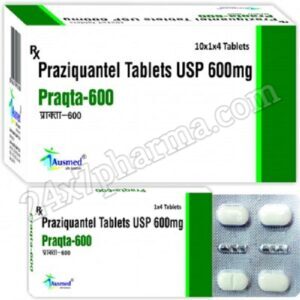
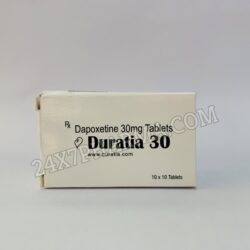



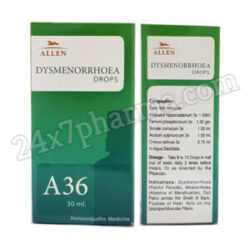

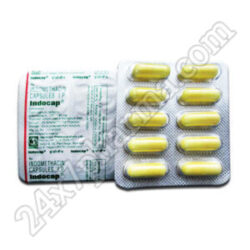
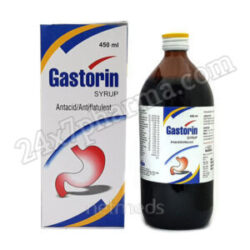
balanescusabrina –
good product, and the customer support is very helpful and kind